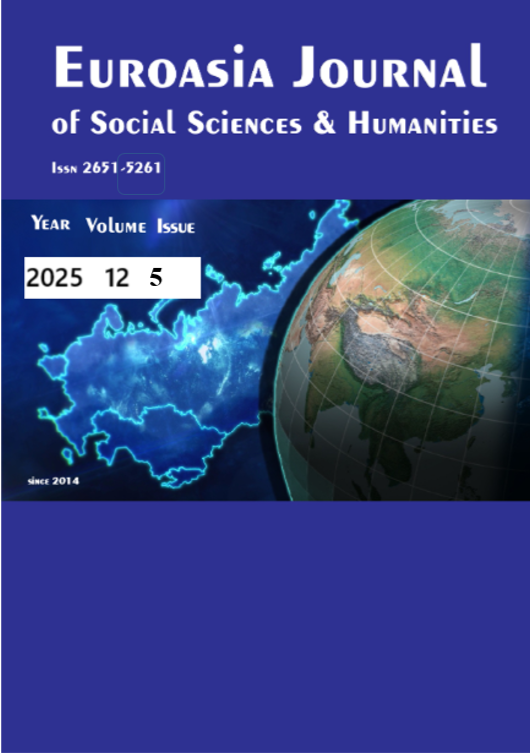Do Remittances Induce Inflation? A Study for Developing Countries
DOI:
https://doi.org/10.5281/zenodo.17381201Keywords:
Remittances, Inflation, Exchange Rate, Panel DataAbstract
Scholars overwhelmingly have analyzed the effect of workers’ remittances on economic growth since remittances are perceived as the source of financing the capital in the receiving county. However, beside the positive effect of remittances on economic growth, they may deter the stability of the general price level and may cause higher inflation. Therefore, main objective of this study is to find the effect of remittances on inflation rate in 4 developing countries that receive the highest volume of remittances inflows in the world for the period 1990-2020. To do so, we have applied three panel data methods (FE, RE and one-step system GMM). At the end of the study, we have concluded that remittances induce inflation rate in the host county.
Downloads
References
Arellano, M.,& Bond, S.(1991). Some tests of specification for panel data: Monte Carlo evidence and an application to employment equations. The Review of Economic Studies, 58, 277–297.
Haderi, S., Papapanagos, H., Sanfey, P. ve Talka, M. (1999). Inflation and Stabilisation in Albania. Post-Communist Economies, 11(1), 127-141.
Khan, Z.S. and Islam, S. (2013), “The effects of remittances on inflation: evidence from Bangladesh”, Journal of Economics and Business Research,19 ( 2), 198-208
Khurshid, A., Kedong, Y., Calin, A. C. ve Popovici, O. C. (2016). Do Remittances Hurt Domestic Prices? New Evidence from Low, Lower-Middle and Middle-Income Groups. Romanian Journal of Economic Forecasting, XIX (4), 95-114.
Lim, S. and Simmons, W. (2016), “Do remittances promote economic growth in the Caribbean community and common market?”, Journal of Economics and Business, 77, 42-59.
Narayan, P.K., Narayan, S. and Mishra, S. (2011), “Do remittances induce inflation? Fresh evidence from developing countries”, Southern Economic Journal, 77 ( 4), 914-933.
Rivera, J.P. and Tullao, T.S. (2020), “Investigating the link between remittances and inflation: evidence from the Philippines”, South East Asia Research, 28 ( 3), 301-326, doi: 10.1080/ 0967828X.2020.1793685.
Roy, R. and Rahman, M. (2014), “An empirical analysis of remittance–inflation relationship in Bangladesh: post-floating exchange rate scenario”, MPRA paper 55190.
Termos, A., Naufal, G. and Genc, I. (2013), “Remittance outflows and inflation: the case of the GCC countries”, Economics Letters, 120 ( 1), 45-47.
Downloads
Published
How to Cite
Issue
Section
License
Copyright (c) 2025 EUROASIA JOURNAL OF SOCIAL SCIENCES & HUMANITIES

This work is licensed under a Creative Commons Attribution-NonCommercial 4.0 International License.

